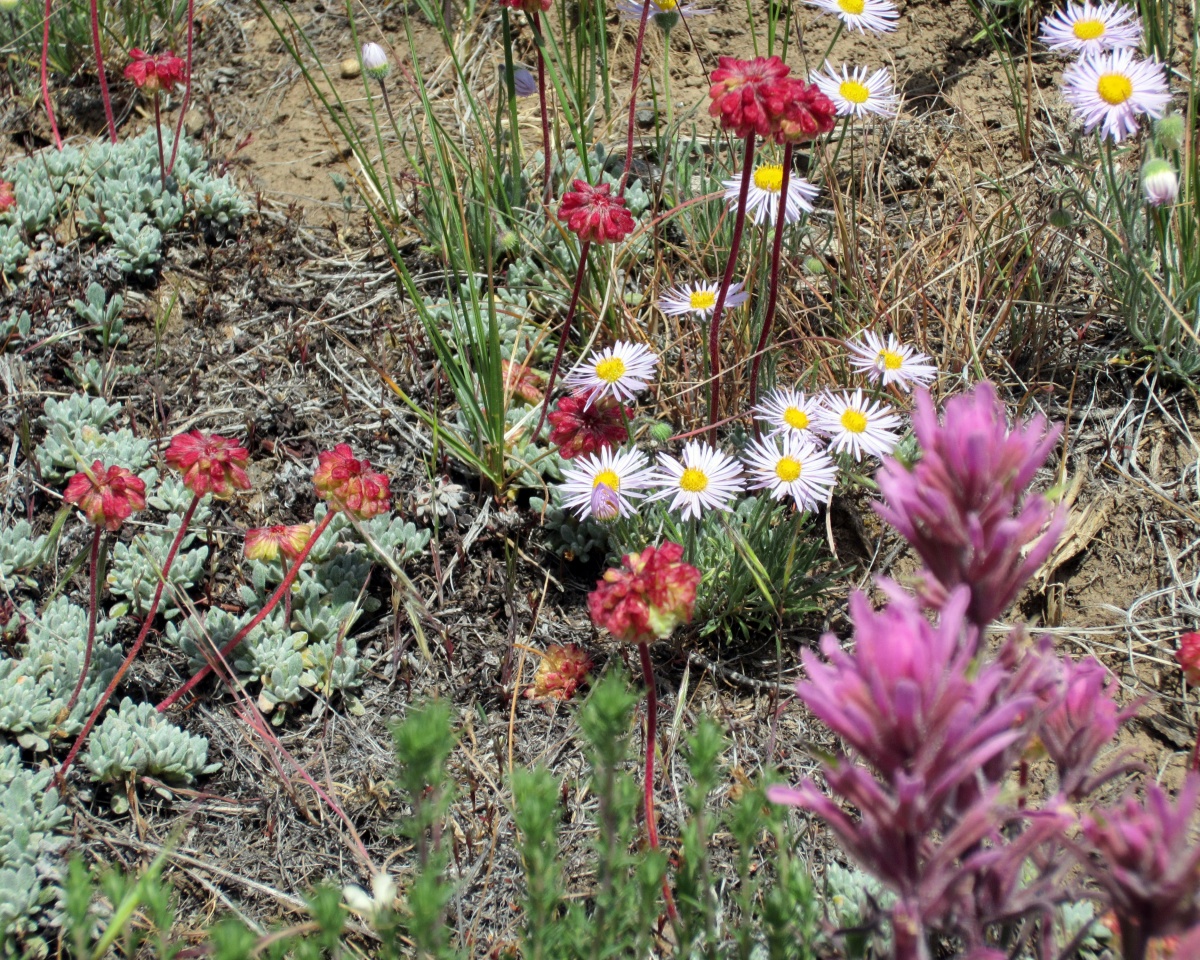
BLM Idaho Native Plants Program
Overview
How many Idaho plants are named after Lewis and Clark? What plant keeps grizzly bears fat and happy? How do greater sage-grouse know which patches of sagebrush are the best to nibble on? The answers will follow – but first let’s start with the what, where, how and why the flora of Idaho is so inspiring and important.
In Idaho, lands managed by the Bureau of Land Management support support 3,000 vascular plants plus another 2,200 non-vascular plants (lichens -1000 and mosses - 1200). These plants, from a rare riverine orchid to the iconic sagebrush, occupy plant communities within eight ecoregions spanning the driest (less than 10 inches of annual precipitation per year) to the wettest (more than 25 inches) areas throughout Idaho.
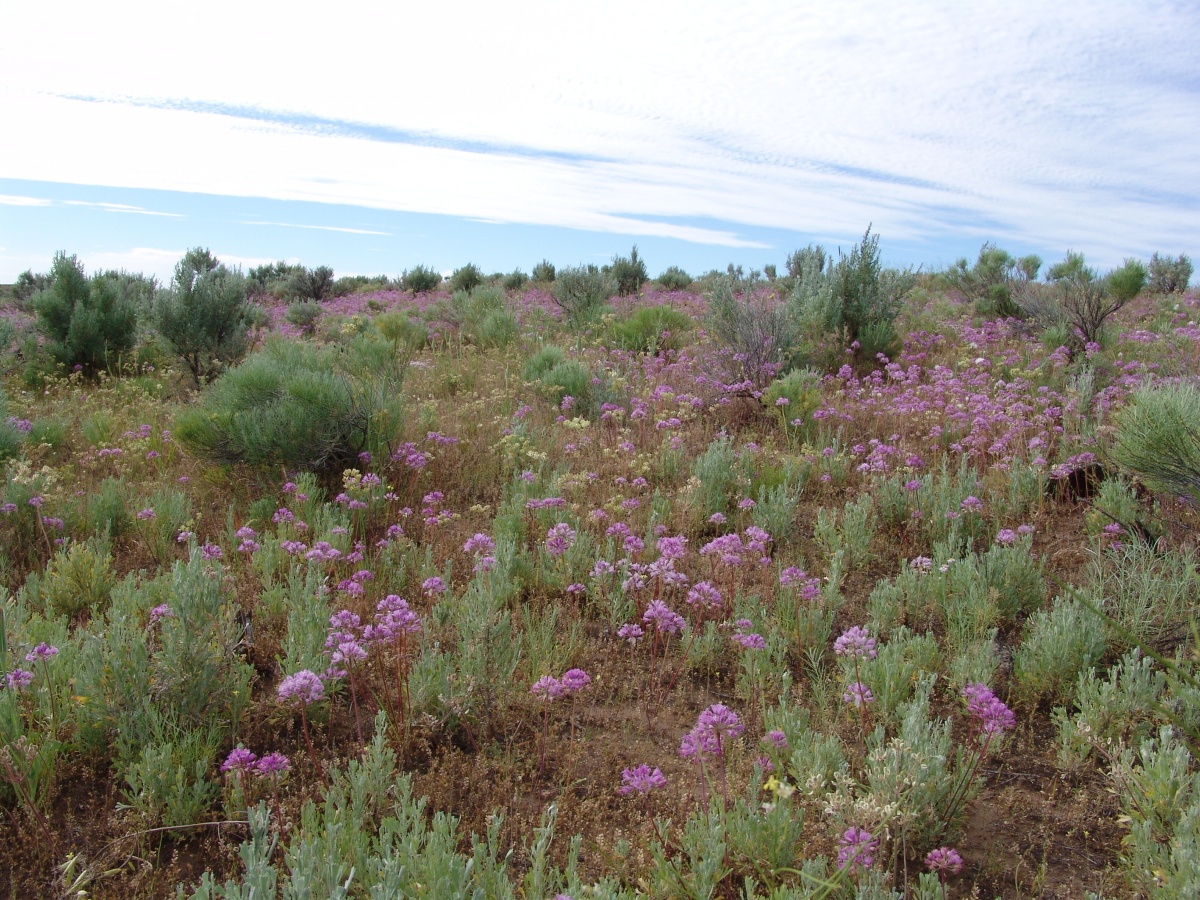
Northern Idaho is rugged with a maritime-influenced climate represented by characteristic forest species like Douglas-fir, subalpine fir, Engelmann spruce, lodgepole pine and ponderosa pine as well as Pacific Coast indicators like western red cedar. These forests are dominated by shrubs like ninebark, red elderberry and serviceberry.
Central Idaho is comprised of a complex geology of volcanics and the granitic Idaho Batholith ecoregion. Numerous streams have eroded deep canyons in this region and higher elevation forests consist of Grand fir, western larch and Douglas fir with multi-layered shrub communities. These forests grade into lower elevation meadow systems surrounded by conifer communities of Ponderosa pine and lodgepole pine.
Southwest Idaho consists of grasslands and sagebrush steppe where for sagebrush alone there are 36 different kinds – all playing a critical role in supporting the denizens of this imperiled system. This region with its deep loess soils comprises the agricultural heart of the state and is where the majority of the state’s population resides.
Eastern Idaho contains some of the highest elevations and most complex geology in the state. Elevations range from 6,300-10,000 feet with subalpine fir and whitebark pine. Foothills contain shrub and grass dominated communities interspersed with complex riparian areas.
Southeast Idaho is characterized by an intermountain basin with rolling hills and mesas dominated by grass and shrublands with sandy soils – this area includes the Bear Lake ecological section and also contains disjunct plant species more common in Utah like the single-leaf pinyon pine.
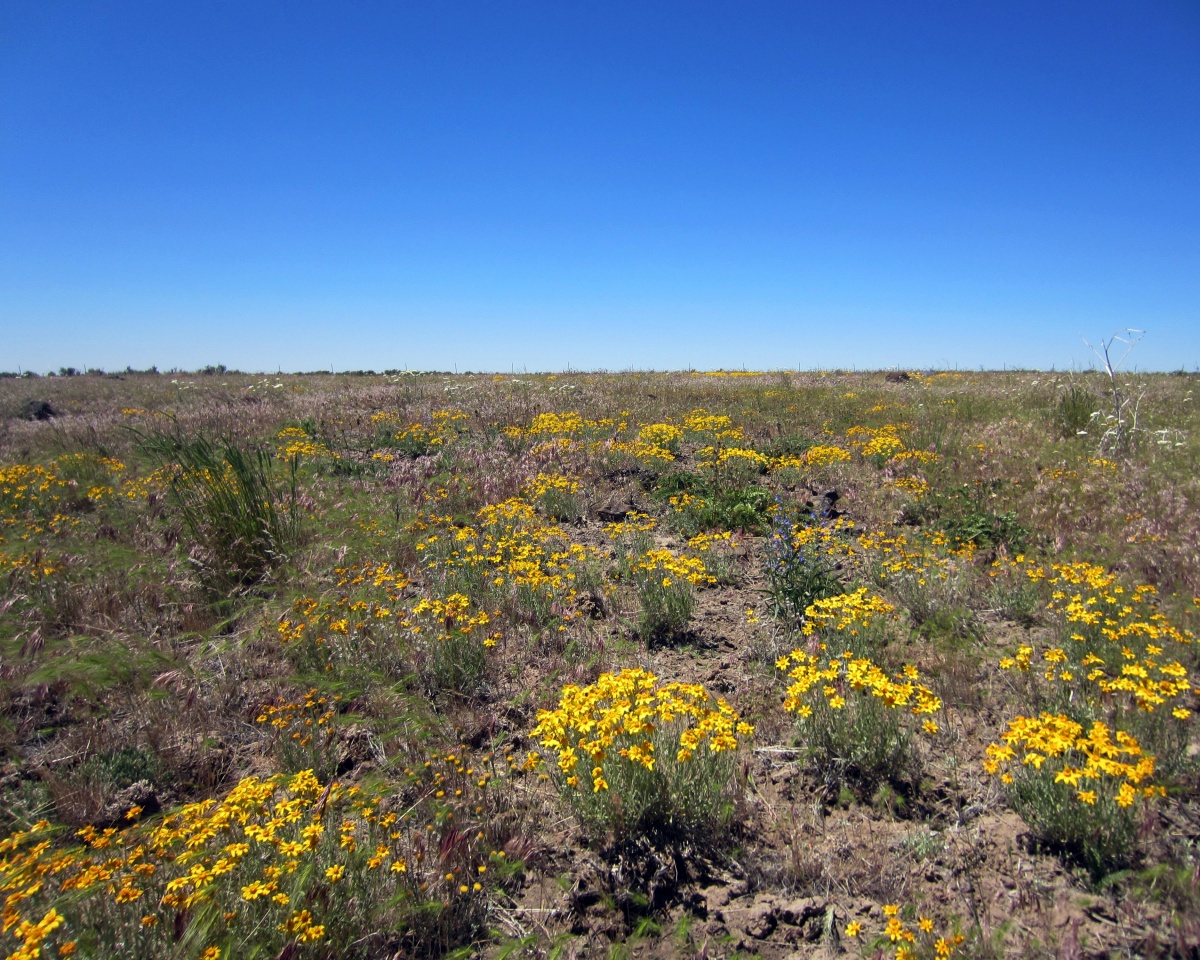
Conservation Lands
Nested within Idaho ecoregions are 500,000 acres of Areas of Critical Environmental Concern (ACEC); 745,383 acres of National Landscape Conservation Areas (NLCA) and 46,786 acres of Research Natural Areas (RNA).
The ACEC program was conceived in the 1976 Federal Lands Policy and Management Act, which established the first conservation ecology mandate for the BLM.
The objectives for RNAs are to preserve examples of all significant natural ecosystems for comparison with those influenced by man, to provide educational and research areas for ecological and environmental studies, and to preserve gene pools of typical and endangered plants and animals. RNAs are intended to represent the full array of North American ecosystems with their biological communities, habitats, natural phenomena, and geological and hydrological formations.
Many of these specially designated areas are still in need of baseline botanical information and often contain intact botanical reference sites associated rare plants, including ancient Miocene Redwoods.
Download a table of Idaho's ACECs and RNAs
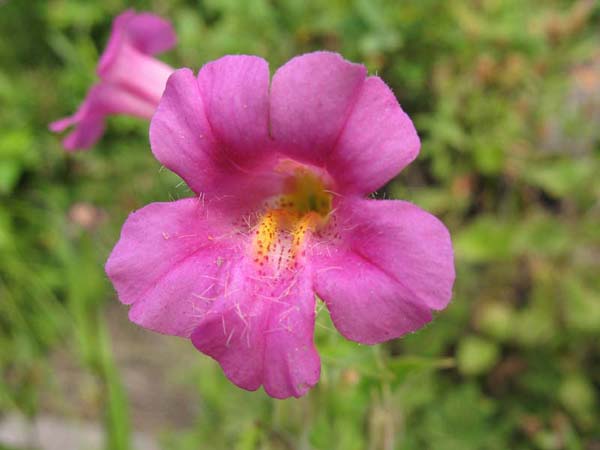
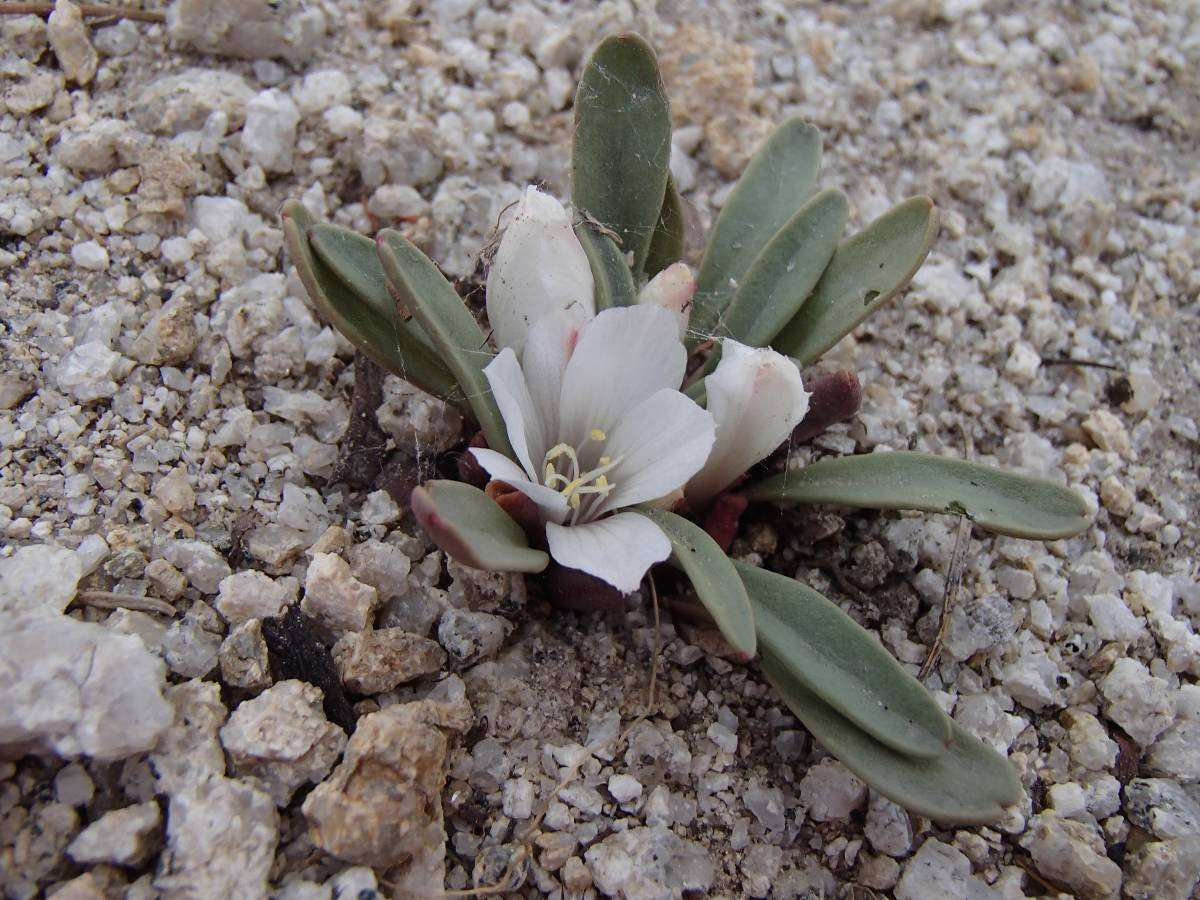
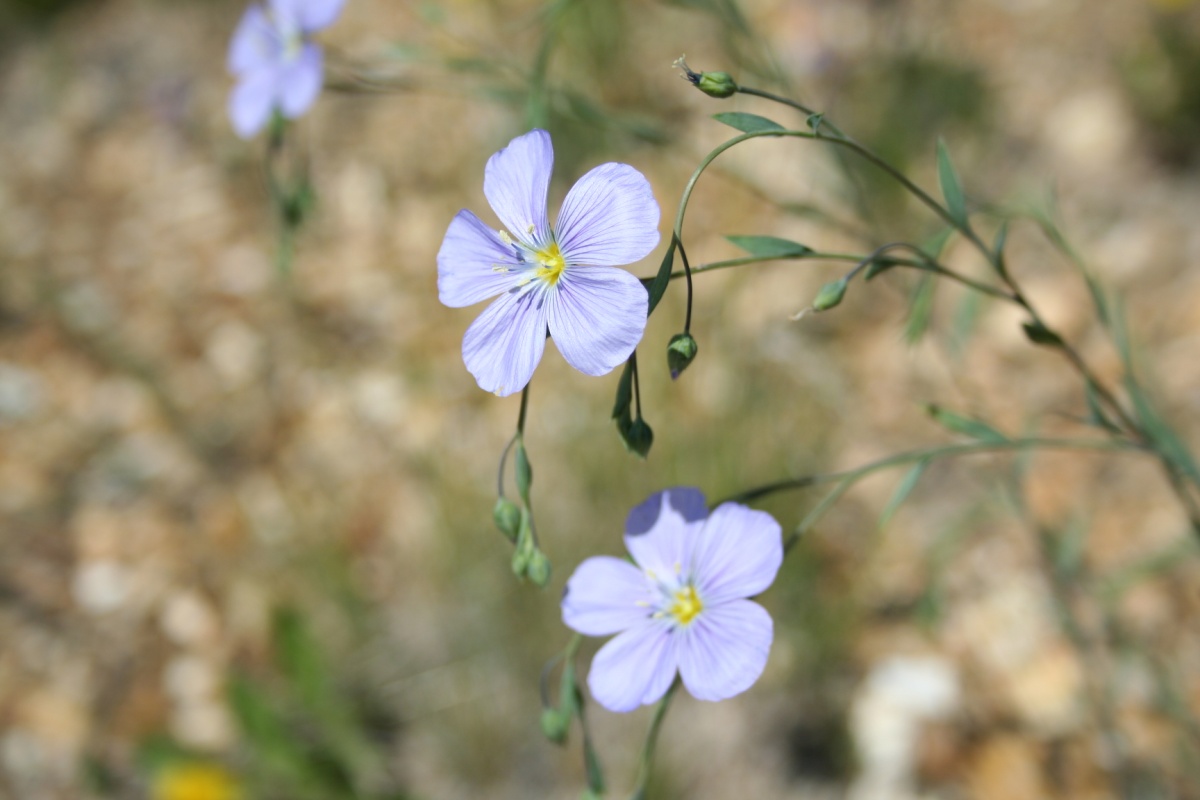
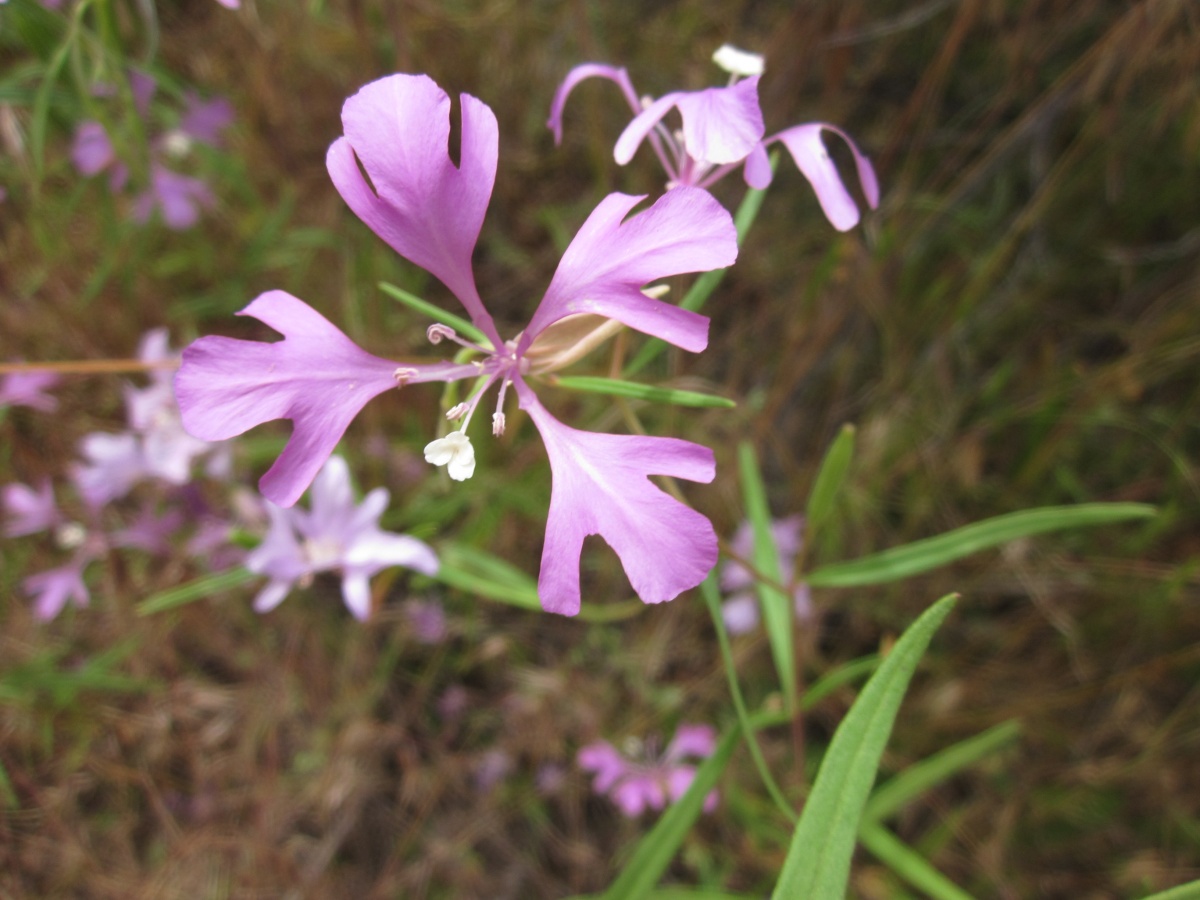
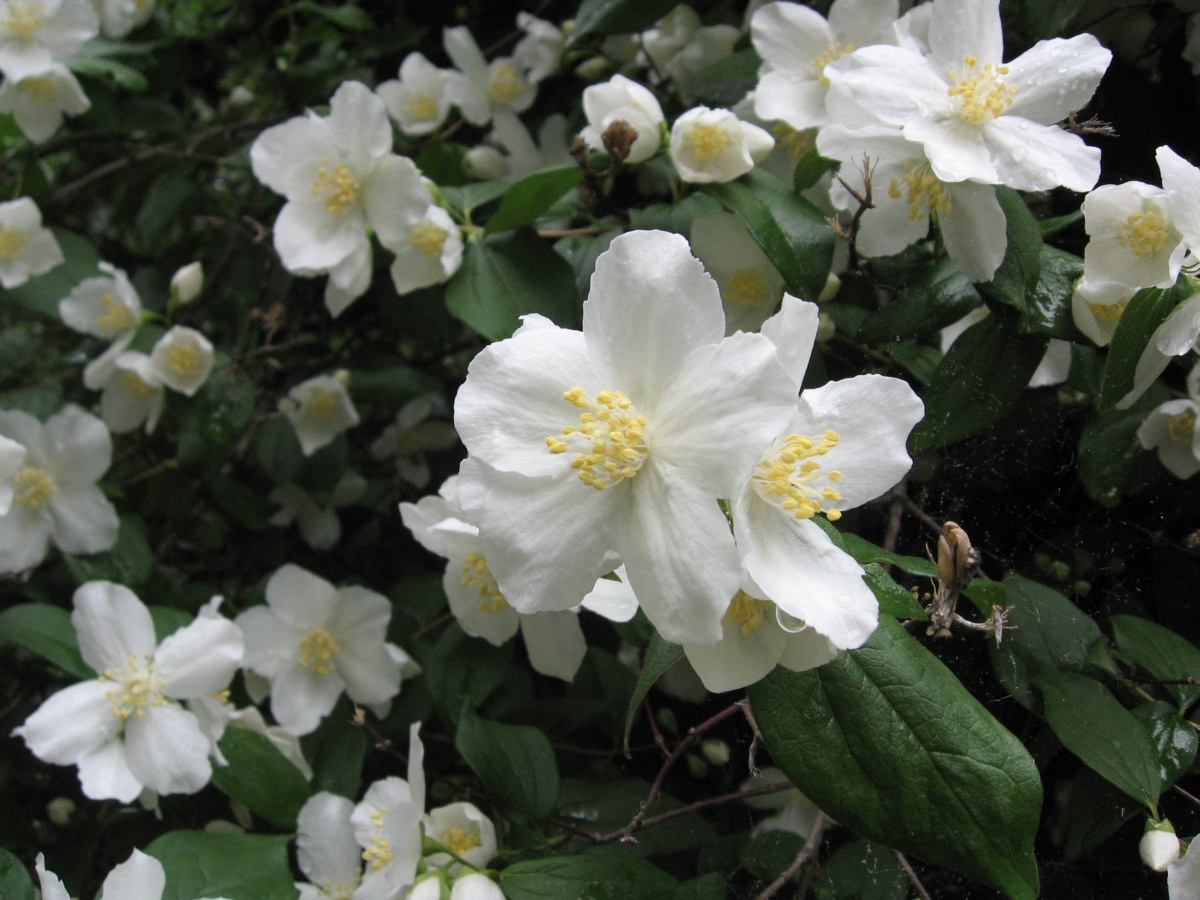
So back to those questions…any ideas? Let’s first start with another one though – did you learn more about the flora that BLM Idaho manages and a greater appreciation of its diversity and importance as jewel of our Natural Heritage? We hope so and please contact our State Botanist for more information and to learn how you can get involved.
- How many Idaho plants are named after Lewis and Clark?
- Lewis’s monkey flower – Mimulus lewisii
- Bitterroots – Lewisia rediviva and the rare Lewisia sacajaweana
- Lewis’s flax – Linum lewisii
- Beautiful clarkia – Clarkia pulchella
- Idaho’s State Flower - Philadelphus lewisii
- What plant keeps grizzly bears fat and happy? Whitebark pine seeds
- How do greater sage-grouse know which patches of sagebrush are the best to nibble on? Sage-grouse can see in the near infrared light spectrum which allows them to detect which sagebrush may have higher concentrations of crude protein and lower concentrations of less palatable plant chemicals like monoterpenes and polyphenolics.

